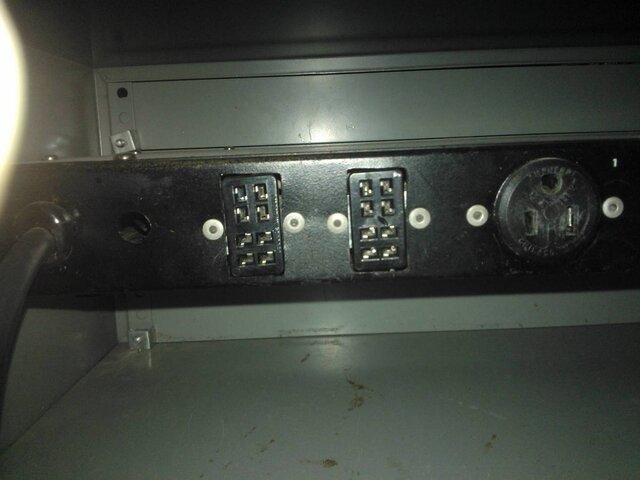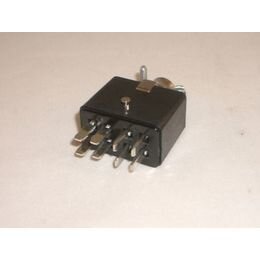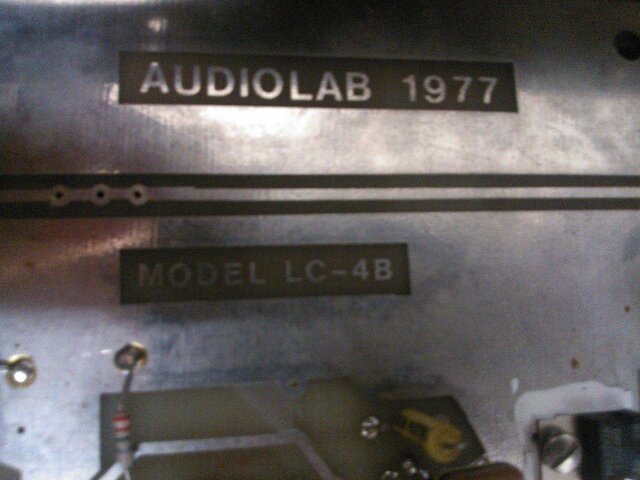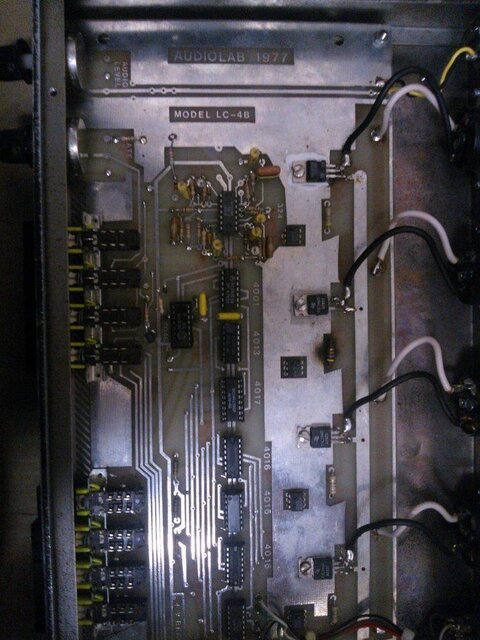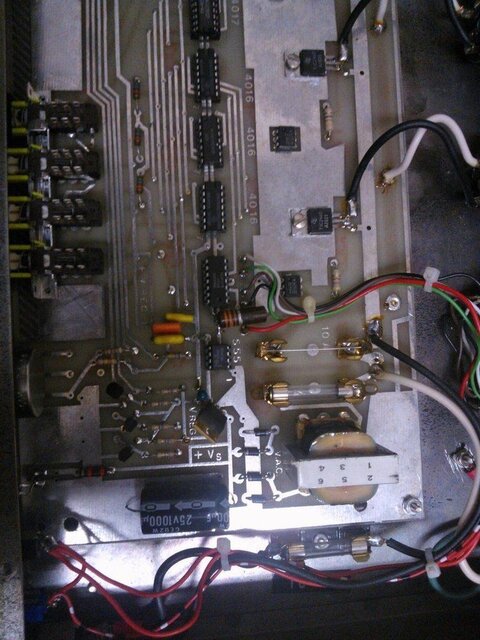Hello everyone, I am a member of my highschool's tech crew and we recently discovered this rack-mounted device. For events not hosted in our auditorium we would just use PAR Cans with gels all controlled by power bars. This seemed to offer a fantastic solution but it broke shortly after we discovered it.
Do you know what this is?
What are the ports on the back for (except NEMAs)?
How should we repair it?
Here is some information:

I appreciate any knowledge of this device you share.
Do you know what this is?
What are the ports on the back for (except NEMAs)?
How should we repair it?
Here is some information:
- We think it was used to control PAR Cans for our school's dances back in the 90s
- The tape on top of the rack says "Fixed 1993" (However not sure what it is referring to)
- The table top rack is not important
- When strobe mode is selected, the 4 outputs on the back create a variety of chase effects (direction changed by the A, L, R, S buttons)
- VR 3 Intensity controls the output level, VR 2 OSC controls the chase frequency
- The port on the far right, seen from the back of the device, seems to fit an RCA connector
- The AC switch turns it on. However after some testing of the device, this became increasingly loose and now can be pulled out and falls back in. The device no longer turns on.
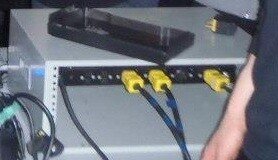
I appreciate any knowledge of this device you share.



